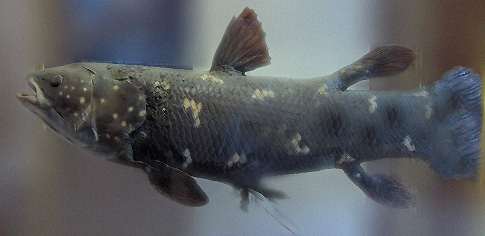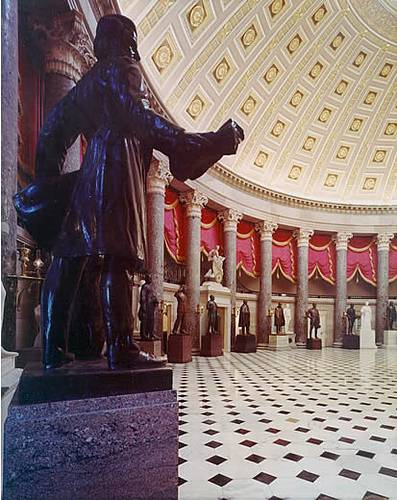“J.D. Chevalley, a native of Switzerland, has arrived at an astonishing degree of perfection in reckoning time by an internal movement. In his youth he was accustomed to pay great attention to the ringing of bells and vibrations of pendulums, and by degrees he acquired the power of continuing a succession of intervals exactly equal to those which the vibrations or sounds produced.–Being on board a vessel, on the Lake of Geneva, he engaged to indicate to the crowd about him the lapse of a quarter of an hour, or as many minutes and seconds as any one chose to name, and this during a conversation the most diversified with those standing by; and farther, to indicate by the voice the moment when the hand passed over the quarter minutes, or half minutes, or any other sub-division previously stipulated, during the whole course of the experiment. This he did without mistake, notwithstanding the exertions of those about him to distract his attention, and clapped his hands at the conclusion of the time fixed. His own account of it is thus given:–‘I have acquired, by imitation, labour, and patience, a movement which neither thoughts, nor labour, nor any thing can stop: it is similar to that of a pendulum, which at each motion of going and returning gives me the space of three seconds, so that twenty of them make a minute–and these I add to others continually.'”
— The Mirror of Literature, Amusement, and Instruction, Jan. 15, 1831


